Reproduction

June 27, 2011
Monitoring High-Risk Pregnancy in Mares
The most important decision that the veterinarian must make when dealing with high-risk pregnancy in mares is when to
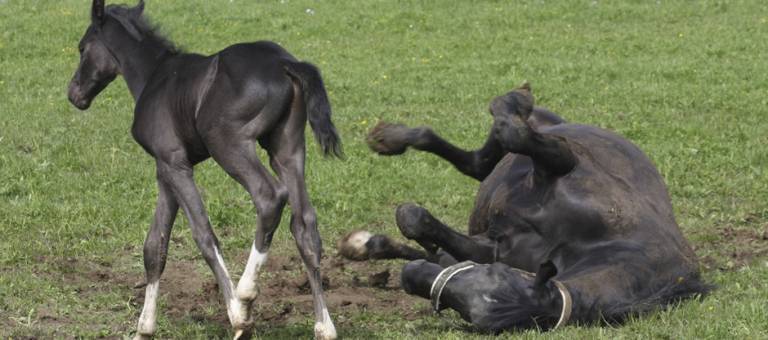
June 23, 2011
Postpartum Hemorrhage in Mares
Bleeding into the broad ligament of the uterus or directly into the abdominal cavity (hemoperitoneum or hemoabdomen) is a
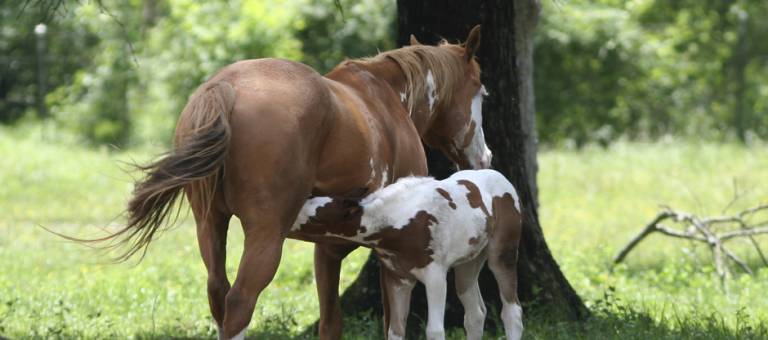
June 14, 2011
Drinking and Eating Behavior in Foals
Mare’s milk provides all the nutritional needs of foals in the first six to eight weeks of life. By
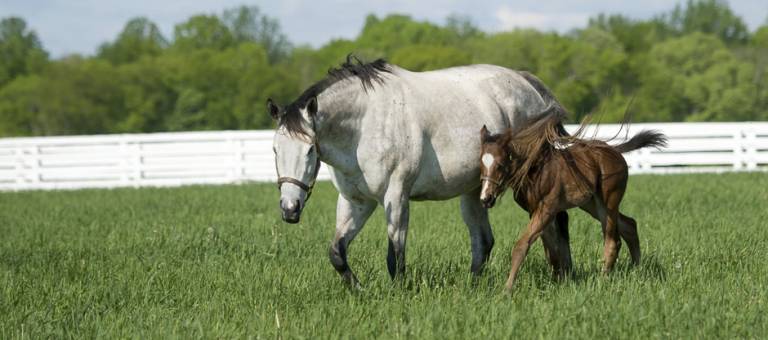
May 05, 2011
Cutting-Edge Reproductive Techniques for Horses
Techniques continue to be developed to aid equine reproduction.

April 21, 2011
Arabian Horse Mutation Linked to Cerebellar Abiotrophy
A genetic mutation discovered at the Veterinary Genetics Laboratory at UC-Davis is the cause of cerebellar abiotrophy, an untreatable

April 12, 2011
Returning Broodmares to Riding
Putting a mare back into work is somewhat more complicated if she begins training while she is still nursing
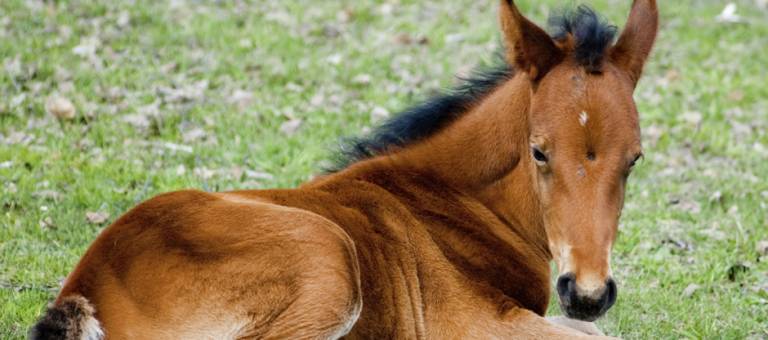
March 16, 2011
Colic in Foals
Colic, a general term that describes abdominal discomfort, can affect horses of all ages, even the very young.
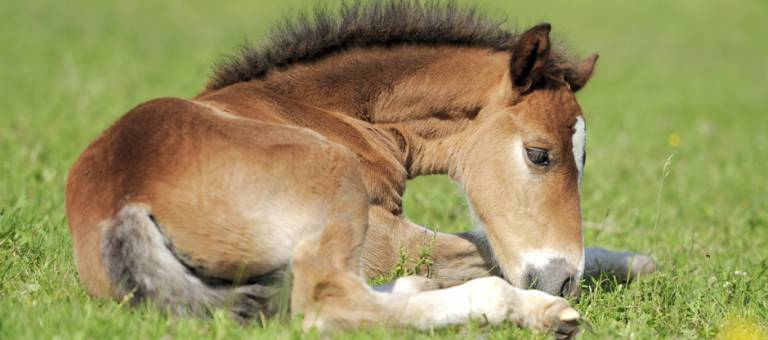
March 15, 2011
Equine Proliferative Enteropathy
Equine proliferative enteropathy (EPE) is a gastrointestinal disease that results in thickened intestine and slower growth for weanling horses.

March 14, 2011
Scours Scald in Foals
More severe cases of scours often hit foals and may be due to viruses, bacteria, or protozoa. If a

March 10, 2011
Clue to Foal Sex Determination
Of the gaining mares, 80% gave birth to colts, while only 3% of those losing weight gave birth to







